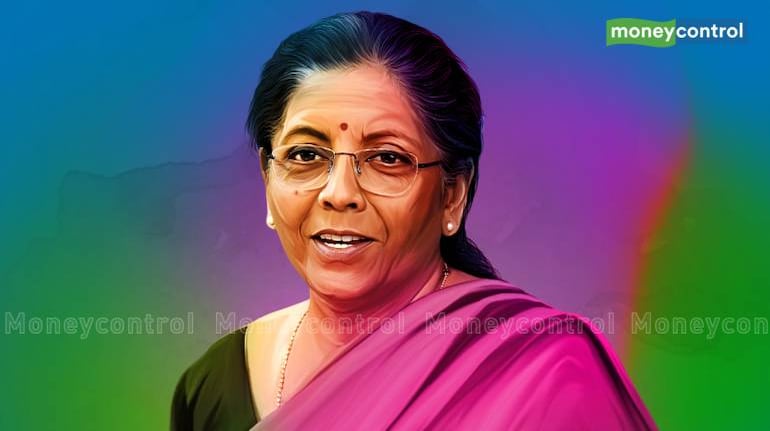



With a projection of 9 percent growth in the gross domestic products, the Economic Survey this year is likely to reflect more intensified effort at bridging the gap between the estimates and the actual growth rate for the economy.
The Economic Survey, tabled in Parliament a day before the Union Budget to offer the state of the economy and suggest policy prescriptions, is authored by a team led by the Chief Economic Advisor (CEA). It often misses out on the GDP forecast, sometimes by a significant margin.
Finance Minister Nirmala Sitharaman will present the Economic Survey for 2021-22 in the Lok Sabha today soon after the President's Address to both Houses of Parliament. She will present the Union Budget for the next financial year 2022-23, tomorrow.
The last Economic Survey was presented in the midst of the COVID-19 pandemic. As the country recovers from the pandemic blues, the Economic Survey this year is likely to reflect the optimism in the minds of people. Various high-frequency indicators like GST collections and corporate profitability also point at significant upward movement.
ALSO READ: Exclusive | Upcoming Economic Survey may bat for more PLI schemes
Days before the Economic Survey, the government appointed economist V Anantha Nageswaran as the new CEA. Nageswaran, an academic and former executive with Credit Suisse Group AG and Julius Baer Group, succeeds KV Subramanian, who demitted the office in December after the completion of his three-year term.
The Economic Survey for 2021-22 is expected to give a project around 9 percent growth for the next financial year as Asia's third-largest economy shows strong signs of recovery from the pandemic.
The last survey had projected the economic growth for 2021-22 at 11 per cent. However, India's statistics ministry has estimated the economic growth at only 9.2 per cent for the current fiscal. The economy had contracted by 7.3 per cent during 2020-21 as against the projection of 6-6.5 percent in the Economic Survey presented in Parliament months before the outbreak of the COVID pandemic in 2020.
Economic activities were severely impacted as India imposed a strict lockdown in the latter part of March 2020 to check the spread of the virus. The government and the Reserve Bank of India rolled out several measures to support the economy. The Economic Survey 2018-19 had estimated the GDP growth for fiscal 2019-20 at 7 percent. However, the economy expanded by only 4 percent, missing the target by a wide margin.
Similarly, the Economic Survey 2017-18 had projected a growth rate of 7-7.5 for 2018-19, but the GDP expanded by only 6.5 percent. However, the actual GDP growth during 2015-16 and 2017-18 was almost in the range projected in the respective Surveys. It is also to be noted here that GDP during 2016-17 had expanded at a faster rate than the projection made in the Economic Survey 2015-16.
India is poised to grow as the fastest large economy in the world during the current financial year with the economy projected to grow around 9 percent despite the pandemic. The economy, as per the advance estimates of the National Statistical Office (NSO), is expected to record a growth of 9.2 per cent during the current fiscal, which is a tad lower than the 9.5 per cent projected by the Reserve Bank.
Discover the latest Business News, Sensex, and Nifty updates. Obtain Personal Finance insights, tax queries, and expert opinions on Moneycontrol or download the Moneycontrol App to stay updated!
Find the best of Al News in one place, specially curated for you every weekend.
Stay on top of the latest tech trends and biggest startup news.